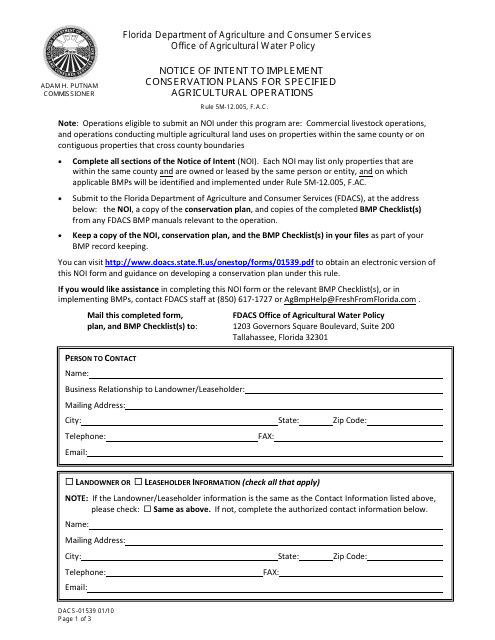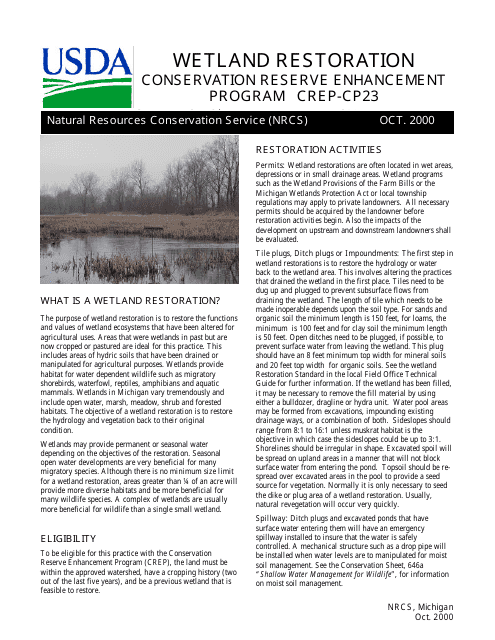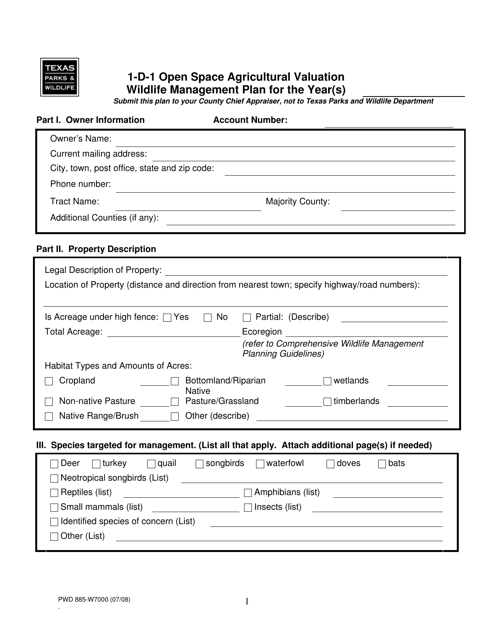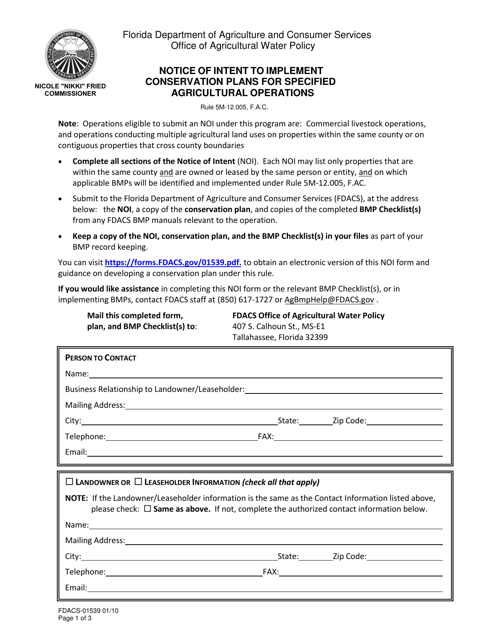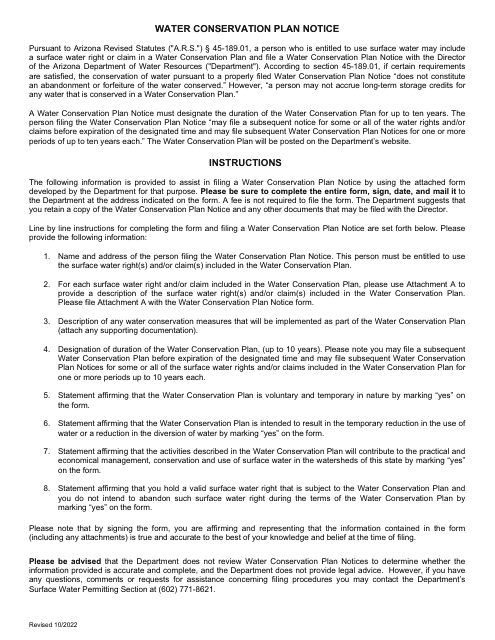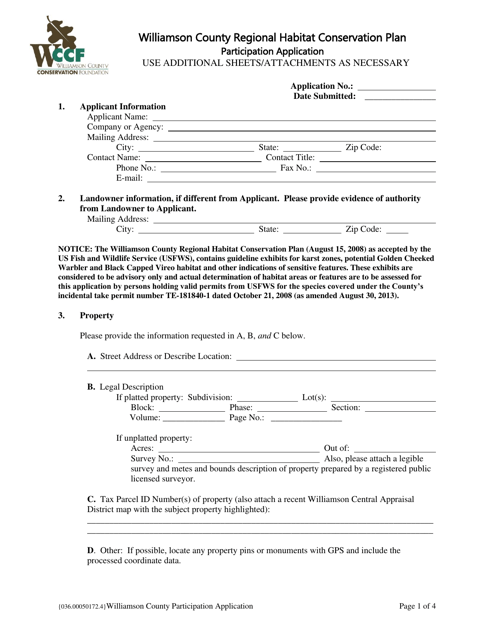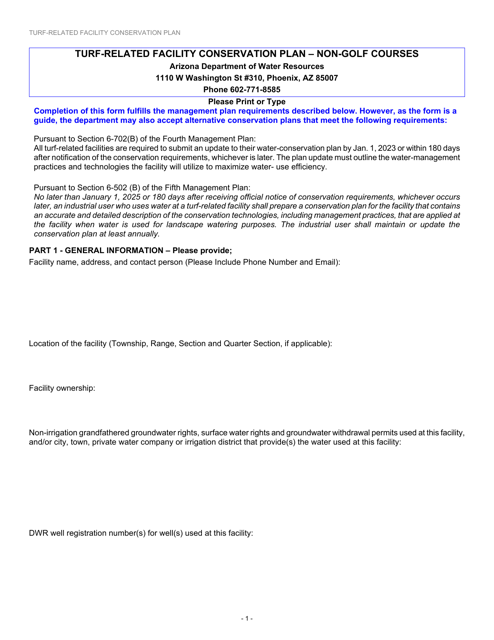Conservation Plan Templates
A conservation plan, also known as a conservation planning or conservation plans, is a crucial tool for individuals, organizations, and governments to ensure the sustainable use and preservation of our natural resources. These plans outline strategies and guidelines aimed at protecting and enhancing the environment for future generations.
Conservation plans address a wide range of environmental concerns, including wetland restoration, wildlife management, agricultural practices, and habitat conservation. For example, the Form CP-23 Wetland Restoration Design Worksheet in Michigan provides a framework for restoring and maintaining wetlands to support biodiversity and mitigate the impacts of human activities.
In Texas, the Form PWD885 Wildlife Management Plan for Agricultural Tax Valuation offers landowners the opportunity to receive tax incentives in exchange for implementing wildlife-friendly practices on their properties. This document serves as a roadmap for maintaining healthy wildlife populations while utilizing the land for agricultural purposes.
Similarly, the Form FDACS-01539 Notice of Intent to Implement Conservation Plans for Specified Agricultural Operations in Florida aims to encourage agricultural operators to adopt conservation measures that reduce the negative environmental impacts of their activities. By implementing these plans, farmers and ranchers contribute to the overall sustainability of the state's agricultural sector.
On a larger scale, the Williamson County Regional Habitat Conservation Plan Participation Application in Williamson County, Texas, demonstrates the collaborative efforts of multiple stakeholders to manage and protect critical habitats. This comprehensive plan ensures the long-term viability of native species while accommodating responsible development in the region.
Water conservation is another critical aspect of conservation planning, as highlighted by the Water Conservation Plan Notice in Arizona. By promoting efficient water use and implementing sustainable practices, this plan seeks to safeguard water supplies for both present and future generations.
In conclusion, a conservation plan is a valuable tool for promoting the responsible use and preservation of our natural resources. Whether it's preserving wetlands, managing wildlife, implementing sustainable agricultural practices, protecting habitats, or conserving water, these plans provide a roadmap for a more sustainable and environmentally conscious future.
Documents:
8
This Form is used for notifying the authorities in Florida of the intention to implement conservation plans for specific agricultural operations. It ensures compliance with environmental regulations and promotes sustainable farming practices.
This type of document, CP-23 Wetland Restoration Design Worksheet, is used in Michigan for planning and designing wetland restoration projects. It helps in assessing the current condition of wetlands and developing effective restoration strategies.
This form is used for creating a Wildlife Management Plan in order to qualify for Agricultural Tax Valuation in Texas.
This form is used for notifying the Florida Department of Agriculture and Consumer Services about the intention to implement conservation plans for specific agricultural operations in Florida.
This document is an application form for individuals interested in participating in the Williamson County Regional Habitat Conservation Plan in Williamson County, Texas.
This document provides a conservation plan for turf-related facilities in non-golf courses in Arizona. It includes strategies to minimize water usage and promote sustainable practices.

